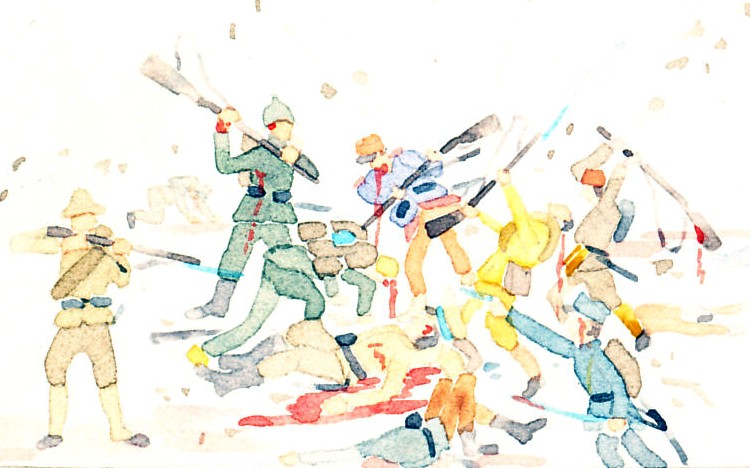Neutral Sweden labeling barrels of grease and oil as neutral. The barrels form a line to ships on the Baltic Sea from which they could reach Germany and Russia. One of a series of postcards on neutral nations by Em. Dupuis.

On the barrels: Graisse Neutre; Huile Neutre - Neutral grease; Neutral Oil
Suède
Il y a bien quelques fuites . . .
Sweden
There are certainly some leakages.
Signed: Em. Dupuis 1916
Reverse:
Visé Paris. No. 112
Logo: Paris Color 152 Quai de Jemmapes
Carte Postale
Other views:
Larger
